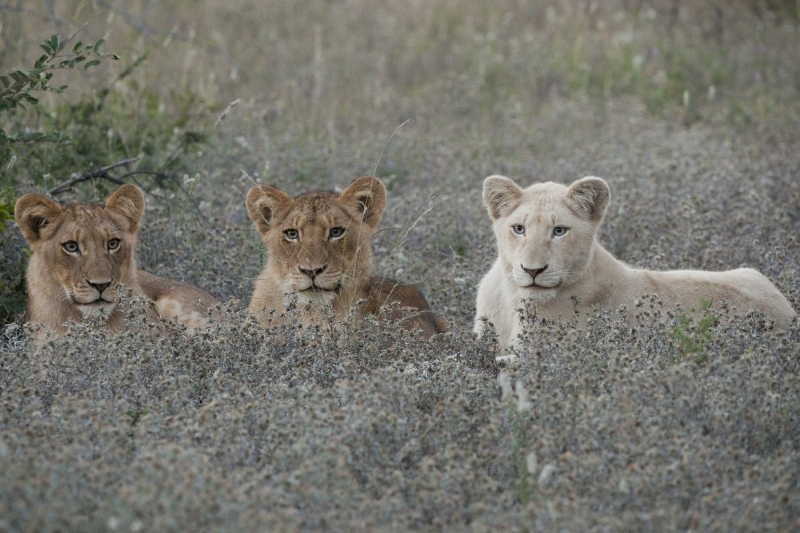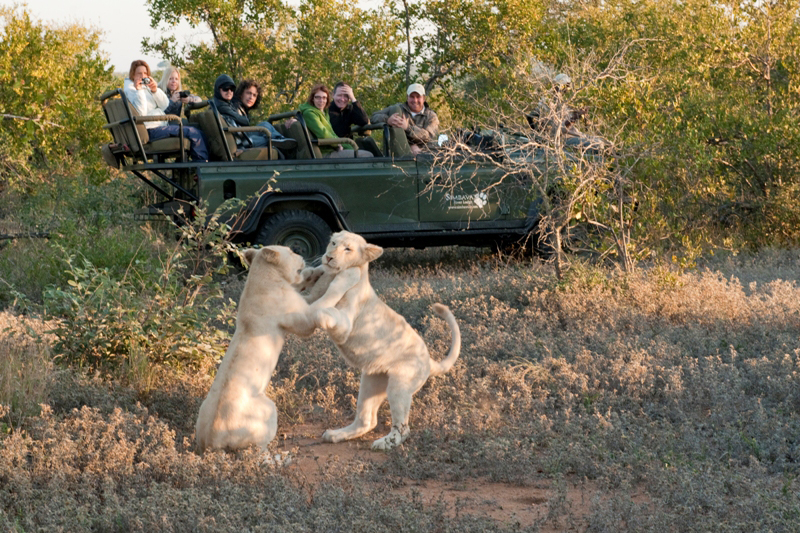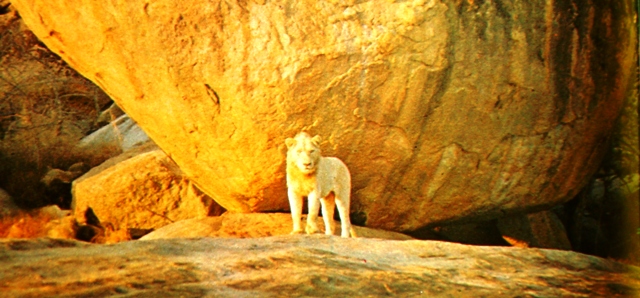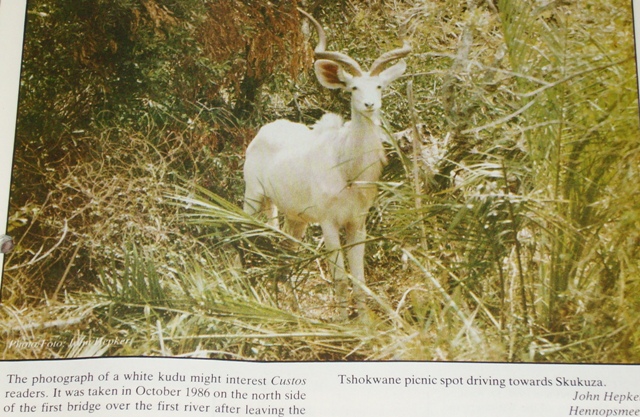Re: Lion – Animal of the Month: February 2014
Posted: Thu Feb 05, 2015 6:36 pm
http://lowvelder.co.za/248955/lioness-r ... ated-days/
“We came driving down the S114 from Berg & Dal. The lioness was lying on the right hand side of the road and she was roaring. After each roar, she stood still and looked into the bush. She then rested for a few minutes and continued walking up the road roaring. We could see that she was looking for something. After every roar she sat down, rested and looked around. After about 40 minutes of doing this the pride came walking up the road. At first she did not see them as she was lying down next to the road resting again. The pride walked up the road smelling at all the bushes on the side of the road, looking for her scent. After about 15 minutes she got their scent and stood up carefully and went closer to investigate. They then saw each other and recognised each other and ran to greet each other. They then went and laid in and next to the road for about an hour. Each lion had his/her turn to smell, greet and lick the lioness. We also had the opportunity to follow this lioness three days before. She was separated from the rest of her pride during a mating session. We saw her and the “outsider” male for 3 days.”
This is very good, and correct!



